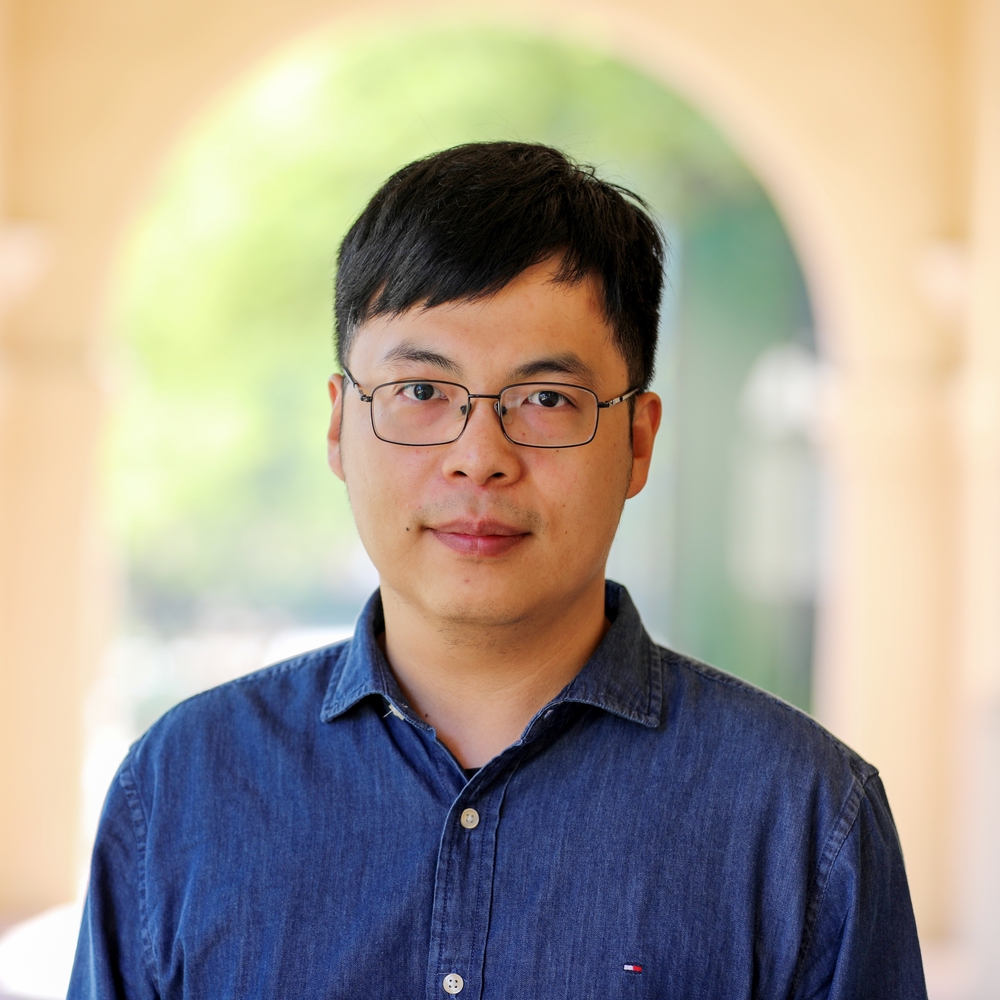Abstract
Multiphoton microscopy (MPM) combined with fluorescence lifetime imaging microscopy (FLIM) has enabled three-dimensional quantitative molecular microscopy in vivo. The signal-to-noise ratio (SNR), and thus the imaging rate of MPM-FLIM, which is fundamentally limited by the shot noise and fluorescence saturation, has not been quantitatively studied yet. In this paper, we investigate the SNR performance of the frequency-domain (FD) MPM-FLIM with two figures of merit: the photon economy in the limit of shot noise, and the normalized SNR in the limit of saturation. The theoretical results and Monte Carlo simulations find that two-photon FD-FLIM requires 50% fewer photons to achieve the same SNR as conventional one-photon FLIM. We also analytically show that the MPM-FD-FLIM can exploit the DC and higher harmonic components generated by nonlinear optical mixing of the excitation light to improve SNR, reducing the required number of photons by an additional 50%. Finally, the effect of fluorophore saturation on the experimental SNR performance is discussed.
Publication
Journal of the Optical Society of America A, vol. 33, no. 7, pp. B1-B11

Assistant Professor of ECEE and BME
I am an Assistant Professor of Electrical, Computer & Energy Engineering (ECEE) and Biomedical Engineering (BME) at the University of Colorado Boulder (CU Boulder). My long-term research goal is to pioneer optical imaging technologies that surpass current limits in speed, accuracy, and accessibility, advancing translational research. With a foundation in electrical engineering, particularly in biomedical imaging and optics, my PhD work at the University of Notre Dame focused on advancing multiphoton fluorescence lifetime imaging microscopy and super-resolution microscopy, significantly reducing image generation time and cost. I developed an analog signal processing method that enables real-time streaming of fluorescence intensity and lifetime data, and created the first Poisson-Gaussian denoising dataset to benchmark image denoising algorithms for high-quality, real-time applications in biomedical research. As a postdoc at the California Institute of Technology (Caltech), my research expanded to include pioneering photoacoustic imaging techniques, enabling noninvasive and rapid imaging of hemodynamics in humans. In the realm of quantum imaging, I developed innovative techniques utilizing spatial and polarization entangled photon pairs, overcoming challenges such as poor signal-to-noise ratios and low resolvable pixel counts. Additionally, I advanced ultrafast imaging methods for visualizing passive current flows in myelinated axons and electromagnetic pulses in dielectrics. My research is currently funded by the National Institutes of Health (NIH) K99/R00 Pathway to Independence Award.